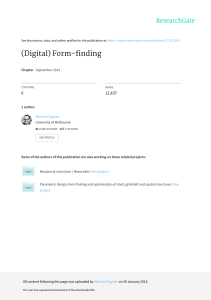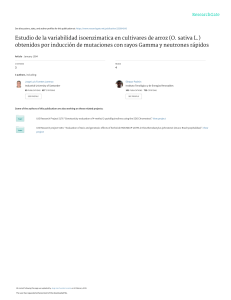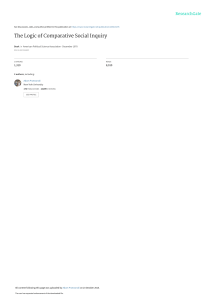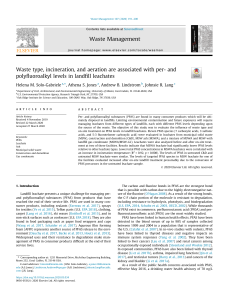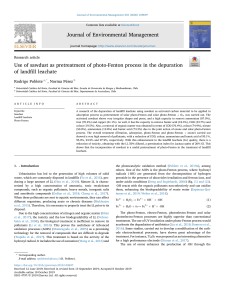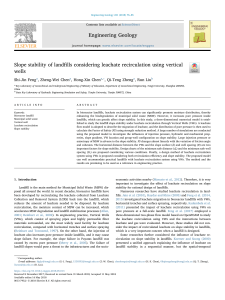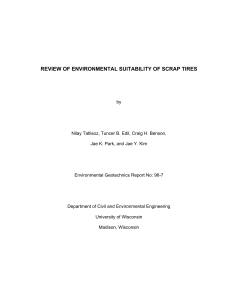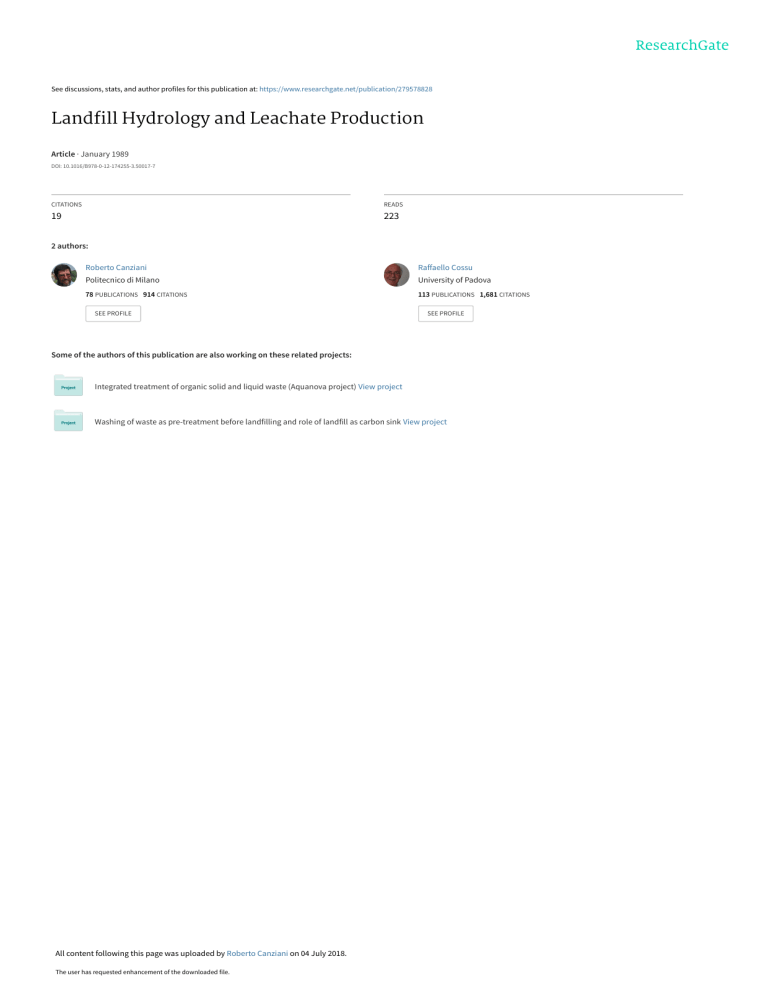
See discussions, stats, and author profiles for this publication at: https://www.researchgate.net/publication/279578828 Landfill Hydrology and Leachate Production Article · January 1989 DOI: 10.1016/B978-0-12-174255-3.50017-7 CITATIONS READS 19 223 2 authors: Roberto Canziani Raffaello Cossu Politecnico di Milano University of Padova 78 PUBLICATIONS 914 CITATIONS 113 PUBLICATIONS 1,681 CITATIONS SEE PROFILE SEE PROFILE Some of the authors of this publication are also working on these related projects: Integrated treatment of organic solid and liquid waste (Aquanova project) View project Washing of waste as pre-treatment before landfilling and role of landfill as carbon sink View project All content following this page was uploaded by Roberto Canziani on 04 July 2018. The user has requested enhancement of the downloaded file. 4.1 Landfill Hydrology and Leachate Production R. CANZIANI* and R. COSSU** * Institute of Sanitary Engineering, Polytechnic of Milan, Via Fratelli Gorlini 1, 20151 Milano, Italy **Institute of Hydraulics, University of Cagliari, Piazza d'Armi, 09100 Cagliari, Italy INTRODUCTION The effect of uncontrolled infiltration of leachate into the environment is the biggest environmental impact that a sanitary landfill can have. For this reason legislation, at both the local or national level, tends to define methods to restrict leachate contamination of either surface or ground waters. More frequently landfills are sited in areas that are naturally impermeable or areas which have been rendered impermeable by artificial means. It is evident that, under these conditions, the management of leachate during its percolation, collection and disposal assumes a critical part in the design of the landfill both from the technical and from the economic standpoint. In this chapter, factors governing the production of leachate in controlled landfill sites are examined and discussed. HYDROLOGICAL BALANCE AND LEACHATE PRODUCTION Figure 1 gives an overall summary of the components which make up the hydrological balance of a controlled landfill (Cossu, 1982). It is immediately obvious that whatever the methodology adopted for the design of the landfill, only some of the components of the hydrological balance can be influenced. 185 View publication stats
